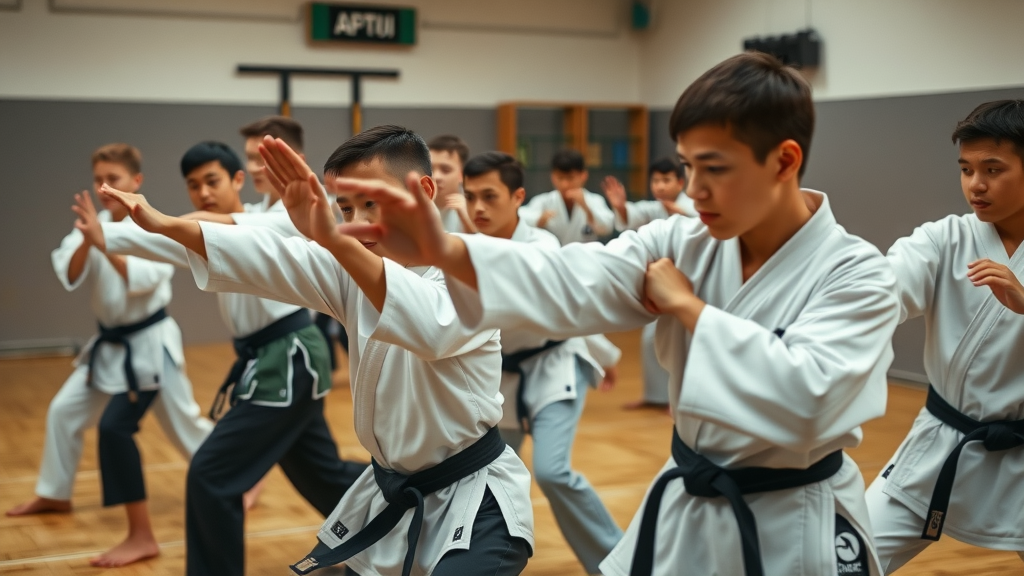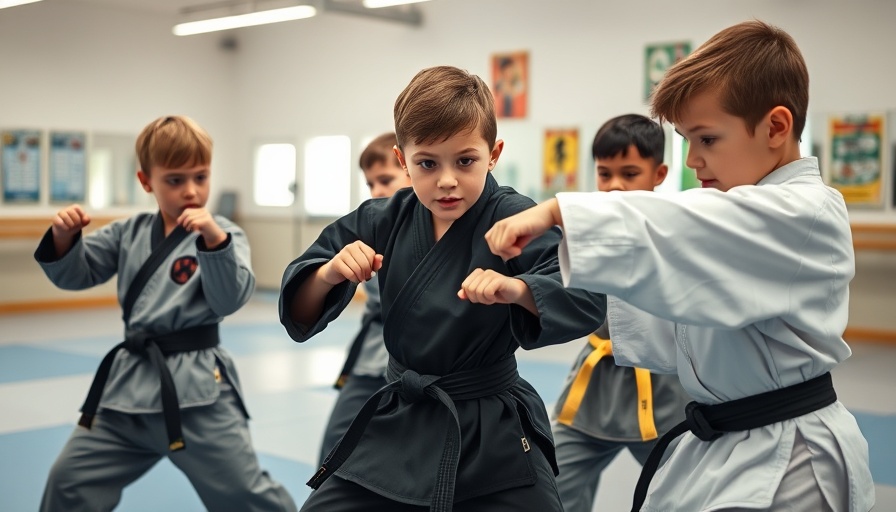
Why Self-Defense Classes Matter
Taking self-defense classes can be transformative, equipping individuals with the skills needed to protect themselves in potentially threatening situations. The benefits of such training go beyond just physical techniques; they can boost your confidence, teach practical skills, enhance awareness of surroundings, and improve physical fitness. Moreover, being prepared with self-defense knowledge can significantly increase safety awareness in daily activities.
Understanding Traditional Martial Arts
Traditional martial arts, which include systems like Karate, Taekwondo, Kung Fu, Judo, and Aikido, are deeply rooted in historical cultures. These practices focus on discipline, respect, and self-improvement rather than solely on competition. Training in these arts often involves learning various forms or 'katas,' where practitioners execute choreographed movements that serve various purposes, from self-defense techniques to meditative practice.
Self-Defense Classes vs. Traditional Martial Arts: What's the Difference?
While both self-defense classes and traditional martial arts aim to empower individuals, their methodologies differ greatly. Self-defense classes prioritize practical techniques applicable in real-life scenarios. Learners are guided toward simple and effective moves tailored for quick responses, often emphasizing the importance of situational awareness and strategies to prevent dangerous situations. Meanwhile, traditional martial arts are more about learning the art itself: mastering forms, lineage, and tradition, with an emphasis on technique formality and discipline.
Benefits of Self-Defense Classes
Self-defense classes are an excellent choice for anyone looking to build newfound abilities. Not only do they equip individuals with physical skills, but they also nurture mental resilience and awareness. The structured environment of these classes encourages participants to step outside their comfort zones, making them stronger both physically and mentally. Additionally, learning self-defense can be a fun way to stay in shape, further enhancing its appeal.
Historical Context of Martial Arts
Many traditional martial arts practices have centuries-old histories, oftentimes tied to the countries and cultures from which they originate. For example, Taekwondo has roots in Korean history, having developed over time to incorporate elements that are both combative and philosophical. Understanding the origins of these disciplines can provide insight into their techniques and the importance of tradition in martial training.
Actionable Steps for Getting Started
If you're considering venturing into self-defense classes or traditional martial arts training, it's important to assess your goals first. Are you looking primarily for self-protection skills or a deeper understanding of martial arts’ histories and techniques? Research local classes and don't hesitate to reach out for trial sessions. Engaging with different styles can help you find the right fit for your personal objectives.
Misconceptions About Self-Defense and Martial Arts
One common misconception is that training in traditional martial arts ensures you can effectively defend yourself in real-life situations. Although practitioners learn valuable techniques, many traditional practices are not designed for immediate application. Self-defense classes, however, aim to provide skills that can be used promptly, making them valuable for everyday situations. Understanding this difference is crucial for anyone seeking to learn for self-protection.
How Youth and Community Cultures Benefit
Both self-defense classes and traditional martial arts can have powerful impacts on youth and community development. These programs not only teach crucial self-defense techniques but also promote values such as discipline, respect, and community involvement. By fostering teamwork, mutual respect, and personal responsibility, training environments can empower participants to carry these lessons beyond the dojo.
 Add Row
Add Row  Add
Add 








Write A Comment